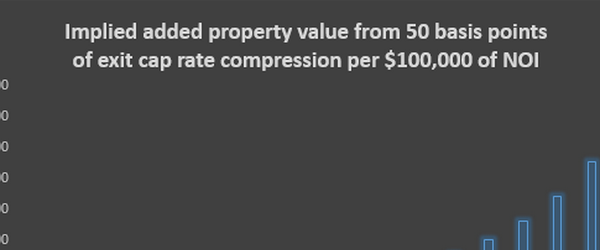Known and been popular mainly as one of the tax deferred exchange of real and personal property 1031 Exchange is a unique way of selling and buying the property without paying the taxes. 1031 Exchange has became much more popular as it provided some protections to the property exchangers against tax as the exchange formulate the whole procedure for turning a sale and purchase type transaction into an exchange. There have been various types of 1031 Exchanges like Simultaneous Exchange, Delayed Exchange, Reverse Exchange and an improvement exchange. All the various types of exchanges deals with the various circumstances and provides protection to the buyers and sellers alike who are involved in the exchange.
Due to the high rate of returns involved in the property and real estate, most of the people invest in the property due to the very fact. Exchange 1031 helps them in getting much better returns in the shape of reinvesting the same money in a much better property. Similarly by this 1031 Exchange you can buy and sell multiple properties and all would be counted in the exchange, if the financial gain is none. Most of the people have misconceptions about the 1031 Exchange, it is not necessary that you buy and sell property at the same time to get an exchange, but rather you can do that at a later time which is acceptable in this section and is known as “Delayed Exchange” by which you can sell now and buy at a much later time.
Having gone through the basics, the advantages and disadvantages of the 1031 Exchange and its dealings, we now talk about much advanced type of Exchange that is called Reverse Exchange. A Reverse Exchange known as Title-Holding Exchange is a unique type of exchange in which the replacement property been purchased by the seller is purchased and sold before the relinquished property is sold. This normally happens when the seller or the Intermediary takes title to the replacement property and holds title until the taxpayer can find a buyer for his relinquished property and close on the sale under an Exchange Agreement with the Intermediary. Reverse Exchange is a very complex version of the exchange and deals in detail and in depth with the various rules and regulations.
Due to the new modifications done in the Exchange 1031, Reverse Exchanges have been possible easily as the new modifications deals a lot with the same fact. This exchange is very much common at times when taxpayer is looking towards acquiring a property initially and constructing it keeping in view the improvements that he wants in that and doing all these things before he can take title to the property as replacement property.
Due to the complexities involved in doing Reverse Exchanges, the new modifications done in the 1031 exchange provides many protections and that is why it has become a preferred way to manage and transact 1031 Exchanges. Though it a complex process but with planning, people can get most out of the reverse 1031 exchange.




































Comments